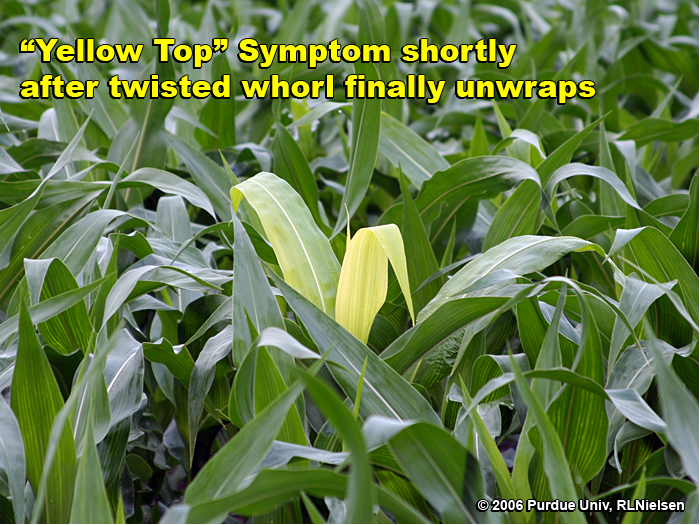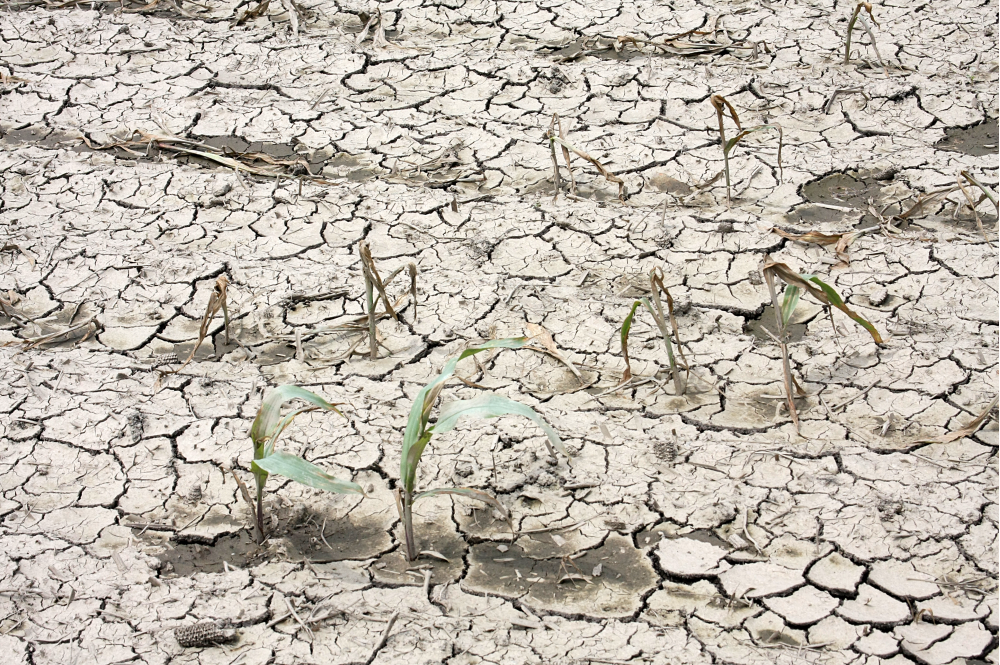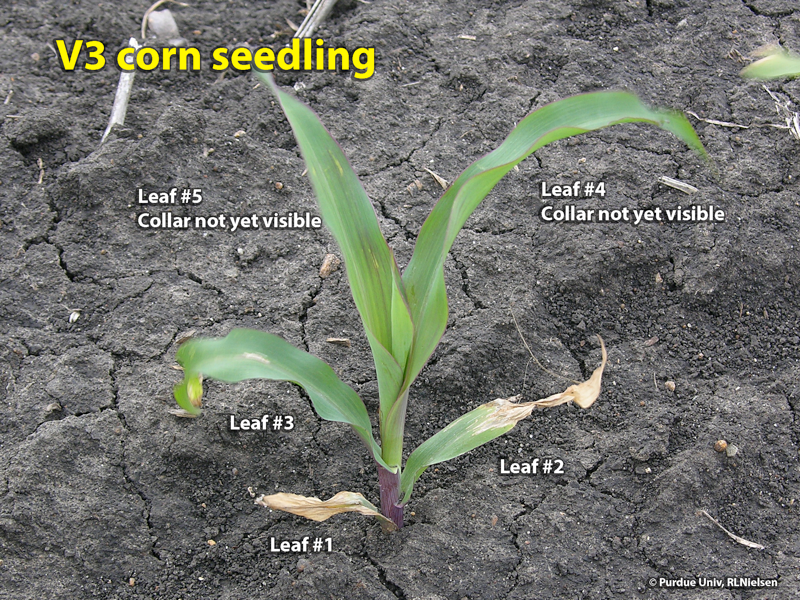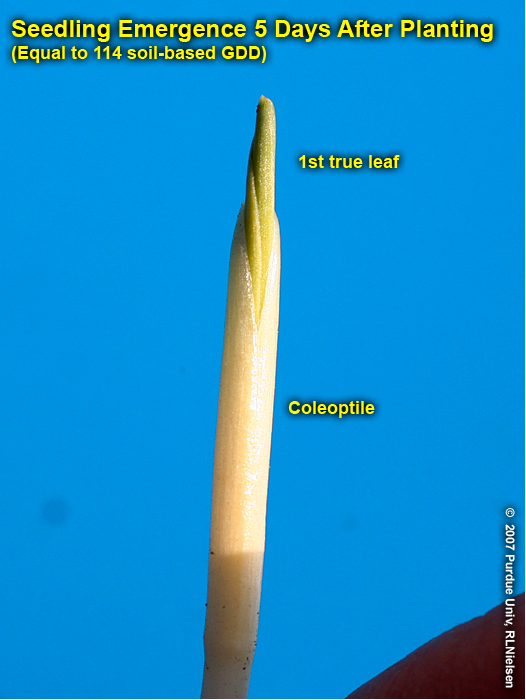
Twisted whorls sometimes develop in young corn plants early in the rapid growth phase. The cause is not well understood. The tightly twisted whorls eventually unwrap to reveal yellowish upper leaves that turn green after a few days of exposure to sunlight. Effects on yield are essentially nil. The curious phenomenon often referred to as the “twisted whorl syndrome” is beginning to show up in some fields in recent days. This “problem” often occurs when young corn shifts quickly from weeks of slow development (cool, cloudy weather) to rapid development (warm, sunny weather). Earlier planted corn has certainly experienced such a change in weather conditions in recent weeks. The occurrence of the twisted whorl syndrome is not uncommon, but rarely affects a large number of fields in any given year or a large percentage of plants within a field. The typical growth stage when growers notice the twisted whorls is[Read More…]









